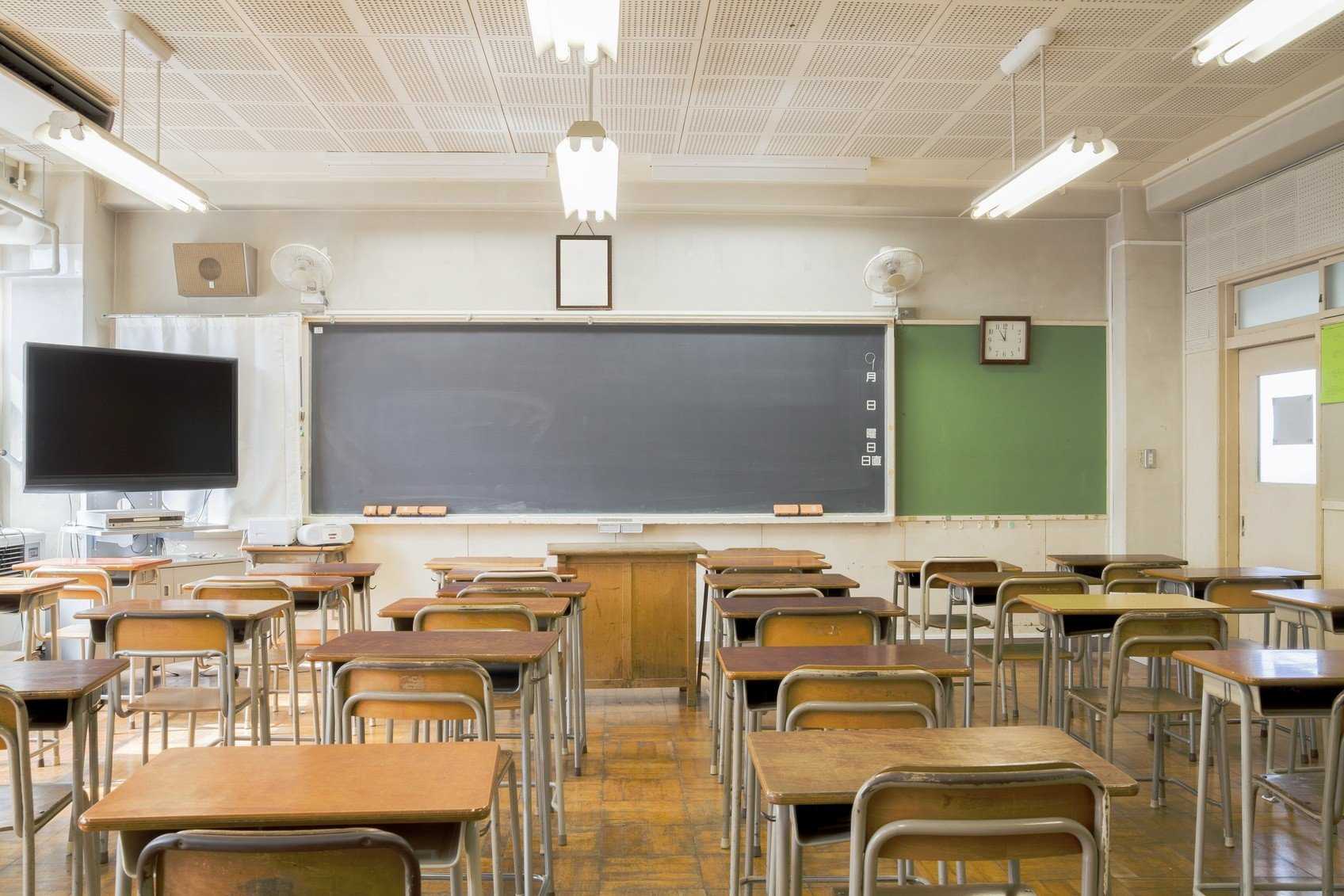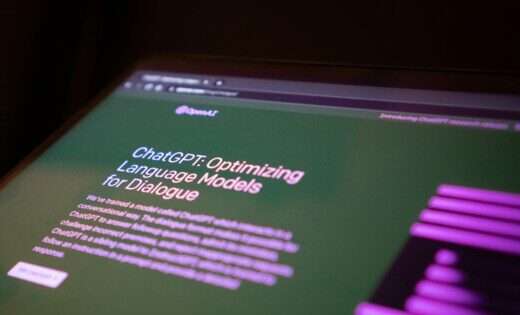on
BY: KATHY MCDONALD
This week I will be discussing the inextricable link between poverty, graduation rates, and student success. The column will be a two-part report as there is a large volume of information that needs to be unpacked. I would encourage readers to visit the Peel District School Board’s (PDSB) website; www.peelschools.org and read the report entitled Poverty Indicators: The PDSB Students and Families Living in Poverty. However, before I delve into this report I would like to make all Peel residents aware of an amazing opportunity that is available and encourages as many parents as possible to apply for this great opportunity to get involved in their child’s education.
The PDSB’s Parent Involvement Committee (PIC) is currently accepting parent applications to fill upcoming vacancies for September 2018 to August 2020. Parents can go to their child’s school or apply online by April 27th, 2018. More detailed information is available on the PDSB’s website. PICs are mandated by the Ministry of Education and they act as an advisory committee to school boards. All school boards have a parent involvement committee that may be referred to using another name or acronym. Whatever this committee is called by your child’s school board I would recommend if this is something that might interest you contact your child’s school or visit your child’s school board’s website.
On August 29th, 2017 at the regular meeting of the board I presented the following notice of motion: “Whereas poverty and its effects can be a great barrier to student achievement and success, and whereas, Social Risk Index data is collected around key metrics of social risk, including poverty, for Peel students; Therefore be it resolved, that staff prepare a report that lists current programs that help students overcome barriers pertaining to poverty, including hunger, mental health, technology and external factors, and the protocols in place to measure the effectiveness of these programs.” On November 15th, 2017 and February 21st, 2018 at the PDSB’s Instructional Programs and Curriculum Committee reports from staff were received.
The first report outlined the supports that are currently available but the second report highlighted eight poverty indicators which tell the story of poverty as it pertains to the PDSB. The eight indicators used to paint this multidimensional picture of poverty are: children living in poverty, students from one parent families, students with special educational needs by exceptionalities, persistent absenteeism; children’s school readiness, students meeting EQAO (Education Quality Assessment Office) provincial standards, high school graduation rates and French Immersion student enrolment.
In the report, poverty was grouped into ten different groups. The students with the highest poverty were represented in decile 1 while the students in decile 10 had the lowest poverty. In an ideal school board, the difference between decile 1 and 10 would be zero. That is, there would be no significant difference among student achievement between students in the lowest poverty gradient to those in the highest poverty gradients.
The median income for families in decile 1 is $41,624 with 35.8% of kids living in poverty while in decile 10 the median income is $157,620 with 12.9% of kids living in poverty. When kids from higher income families enter school, they are better able to meet age-appropriate developmental expectations. A greater percentage of students from the decile 10 are at or above the provincial standard in both the primary and junior division of the EQAO test in reading writing and mathematics. With a 32.6 % difference in grade 6 mathematics. Children in poverty don’t graduate at the same rates as children in higher income communities. In the PDSB there is a 10% difference between decile 1 and decile 10. There are fewer kids in French immersion and more one-parent families in decile 1. Most identified special education exceptionalities are impacted by poverty. Communication autism, communication-learning disability, and intellectual-developmental disability did not appear to be impacted by poverty. Persistent absenteeism was higher in decile 1 than decile 10. It was noted that the various factors that may play a role in the high rates of student absenteeism include, mental health, physical health, financial, perceptions, transportation and attitude towards school. I was aware of a case that two children from the same family would come to school on alternate days because the family only had one coat. Please note that once this was discovered arrangements were made to provide an additional set of winter garments as well as other essentials.
Even though Peel has high poverty areas, poverty is scattered all throughout the region and is often hidden in affluent areas. Invariably children from wealthy families are in school with children on government assistance. The latter group of kids can easily fall through the cracks. There is a direct link to poverty and graduation rates as well as poverty and how well students perform in the EQAO. Hands down the most shocking revelation was the disproportionate representation of students in the gifted program from decile 10 when compared to decile 1. So, journey with me and help equity and student success for all become a reality. Now remember to get involved in your child’s education and if possible explore becoming a part of PIC. Walk Good! Belle Marché.
Stay in the loop with exclusive news, stories, and insights—delivered straight to your inbox. No fluff, just real content that matters. Sign up today!
The poverty report (part 2)












